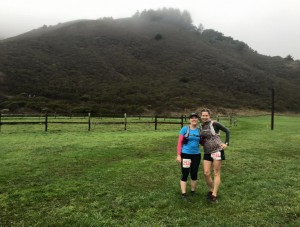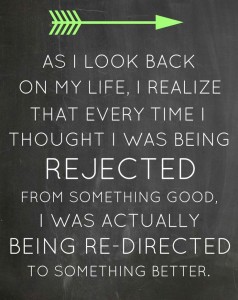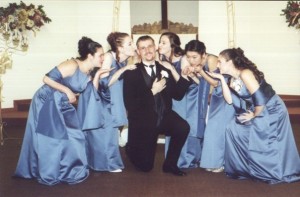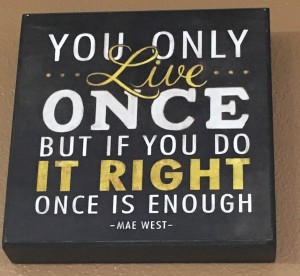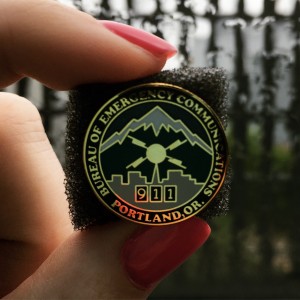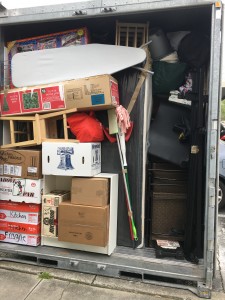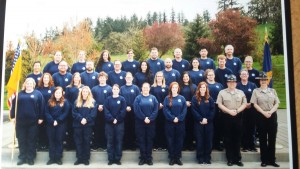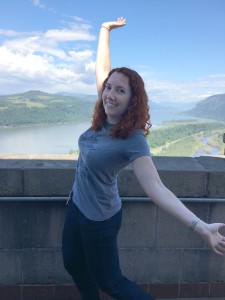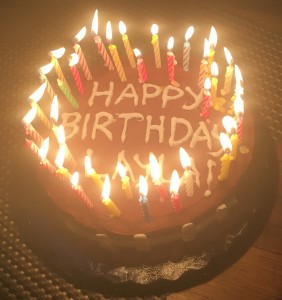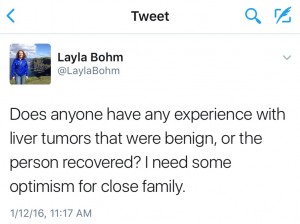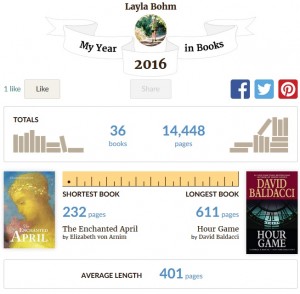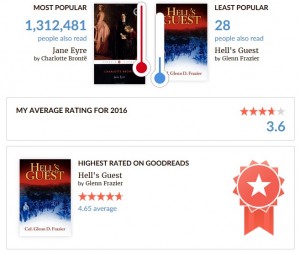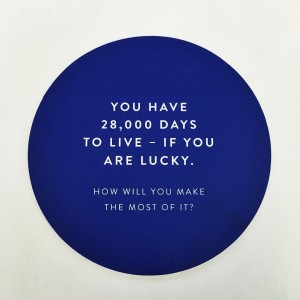Last year, I finished 36 books. This year, I have a goal to get through 37 books. Since I’m ahead of schedule at 21 books and the list is getting long, I figured I’d split this into to posts. So, here are the books I read during the first six months of 2017.
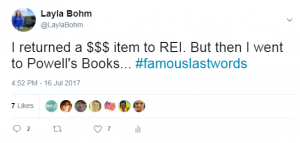
Five-star books:
- The Life We Bury, by Allen Eskins. A college student from a dysfunctional family finds himself learning and writing the story of a man who spent 30 years in prison for rape and murder. The book is a sort of a thriller, but not the full-speed-ahead craziness of most books in the genre — this one was more thoughtful and focused more on the characters.
- Becoming Rain, by K.A. Tucker. Is it realistic? No. Is it a fun read about a cop in Oregon? Most definitely. I read “Burying Water” last year and also gave that one five stars, because they’re just the perfect blend of mild chick lit, crime, and nice scenery. This book is about a female cop who goes undercover to bust a crime ring, and that’s about all I will say to avoid any spoilers.
Four-star books:
- The Bette Davis Club, by Jane Lotter. A light-hearted tale that involves a road trip, so I was automatically interested. It wasn’t a sappy romance, but just a fun story about a runaway bride who is chased across the country by her aunt and her jilted groom — but it’s about the aunt, not the bride.
- The Poet, by Michael Connelly. As a former crime reporter, Connelly knows journalism, so of course I wanted to try this book that stars a reporter who starts looking into the suicide of his twin, a homicide detective. This was just a fun romp that was pretty accurate about the life of a newspaper reporter.
- The Scarecrow, by Michael Connelly. This was a sequel of sorts to “The Poet,” with the same main character, who is now an LA Times crime reporter who just got a pink slip. He wants to find one last big story, and of course he does, because that’s the only way we have a not-quite-realistic novel to read about a reporter once again teaming up with an FBI agent. This one involves cyber crimes that were more realistic than you’d expect, and it was just a guilty pleasure book to listen to while packing up my apartment.
- Whoever Fights Monsters, by Robert Ressler with Tom Shachtman. I waffled between three and four stars on this one, but went with four stars because it held my attention well, though I spent a month on it. The subtitle is “My Twenty Years Tracking Serial Killers for the FBI” sums up a lot of it — Ressler was an FBI agent who was fascinated by murderers since childhood, and he wanted to know what made them tick. I have a lot of respect for that, and for the fact that he didn’t lose sight of the world. Side note: I was sad to learn that he died four years ago of Parkinson’s Disease; he was only 76, so I suspect he had at least another decade of lecturing and knowledge-sharing in him if that awful disease hadn’t invaded.
- Forgotten Secrets, by Robin Perini. Yep, another crime caper involving an FBI agent, and a Navy Seal. One’s sister goes missing, and the other comes to help him because she’s been spent 15 years looking for her missing sister. A lot of it was predictable, but it was a good, easy distraction from my world of studying for tests.
- Off the Record, by K.A. Linde. This was a $2.95 Audible sale, and it caught my attention because I briefly thought the author was K.A. Tucker (to whom I’ve give two five-star ratings). I was tempted to give this book five stars, though it should get, at most, three stars on my scale. Well, it gets four because I related so much to this book. It’s the somewhat fluffy story of a college journalist who gets into a relationship with a guy she’s covering for the newspaper, and they both have to keep it secret for their own careers. I devoured this book in two days and HATED the “to be continued” ending, but luckily I was able to start the next book immediately.
- On the Record, by K.A. Linde. This book picked up where the previous one left off, regarding the relationship between the newspaper reporter and a guy she’s writing about. I don’t want to say much about the plot to avoid spoilers, but a lot of it was pretty realistic. And, once again, I related to a lot of it and inhaled it in a few days. I’m a little embarrassed to give these four stars, but hey, we can’t all just read “War and Peace.”
- For the Record, by K.A. Linde. This was another guilty pleasure book, and it wrapped up the story of the journalist in the previous two books. Again, I don’t want to give away spoilers, but it continues her story of work vs romance. I’ve been out of journalism for nearly seven years, but I still related a lot to it, and also to the relationship dilemmas.
Three-star books:
- Angel’s Flight, by Michael Connelly. The sixth book in the series about Harry Bosch, LAPD homicide detective. This one involved racism in post-Rodney King Los Angeles.
- Where’d You Go, Bernadette, by Maria Semple. Told from the viewpoint of a mature 15-year-old girl piecing together emails and letters about her mother, this story was great until it took a turn for the unrealistic/absurd. I guess the author just really wanted to write about Antarctica (and I can’t blame her), but it just felt like a jolt.
- Julie, by Catherine Marshall. I read this years ago and when the Oroville Dam’s emergency spillway threatened to send a 30-foot wall of water into Northern California towns in February, I pulled out the book and read it again. I like the story, of an 18-year-old girl whose family takes over a struggling newspaper in the 1930s (bonus points for the newspaper stuff) downstream from a large dam. But the evangelical Christian stuff was too much for me now — it was kind of like mild flashbacks for me, which weren’t necessarily bad but felt unsettling and unfriendly.
- Rogue Lawyer, by John Grisham. This was about a defense attorney who takes the cases nobody wants. I would have liked it more if the story hadn’t been rather disjointed (I think Grisham just wanted to write short stories this time).
- An Accidental Death, by Peter Grainger. I waffled between two and three stars on this one, but I erred on the side of generosity because the characters were realistic and had a lot of promise if I chose to continue with the next book in the series. It’s a British police procedural, focusing on the death of a canoeist (a word that amused me, for some reason). I listened to this one, so the British accent certainly contributed to the third star, but I wonder if the history lesson would have been less confusing if I’d read it instead.
- Poisonfeather, by Matthew FitzSimmons. I thoroughly enjoyed the first book in the Gibson Vaughn series, but I only liked parts of this one. The main character learns that the judge who saved him from prison as a teenager is now elderly, ill, and the victim of a con artist. Commence treasure hunting, a Chinese spy, CIA hijinks, and a weird ending.
- A Darkness More Than Night, by Michael Connelly. The new season of “Bosch” is out, so I wanted to catch up on the books. I really enjoy listening to these books while running and doing things around the house, though I also find myself sucked into them when I should be studying. Oops? Anyway, this one also featured retired FBI agent Terry McCaleb, who appeared in another book not in this series. I felt like I was missing a few things and didn’t know him because of that disconnect. The plot was also kind of ridiculous and had someone scheming to set up Bosch in order to get out of a case, and I was rolling my eyes at times. I couldn’t quite bring myself to give it two stars, though, because it was still a fun, easy read.
- Missing, Presumed, by Susie Steiner. I’m being generous and giving this three stars, because I think some of my disappointment was caused by comparisons to Tana French novels. This was definitely no such thing, and was kind of forgettable. It’s about a British police detective looking into a case of the missing daughter of a bigwig, and I just found it to be so mundane.
- City of Bones, by Michael Connelly. Yep, another Harry Bosch book, and I apparently read this one years ago. This time I did the audio book version, so I liked listening to it but kept knowing what was going to happen next. The story itself isn’t bad: Bosch is called out to look at a human bone, which turns out to be a 20-year-old murder case. Oh, and he gets involved with a newbie police officer.
- Eligible: A Modern Retelling of Pride and Prejudice, by Curtis Sittenfeld. I almost gave this one four stars because it was well-written pleasure reading. There were no surprises, since it is basically a modernized version of the Jane Austen book, but it certainly is modern — including paleo diets and text messages.
Two-star books:
- The Art Forger, by B.A. Shapiro. The premise seemed interesting: An art museum heist has gone cold when one of the stolen pieces surfaces and the main character is asked to make a copy of it, but then she has suspicions about the artwork itself. However, the main character annoyed me (how she got that far in life is beyond me; she’s so stupid), and the art talk didn’t interest me.
Abandoned:
- The Killer Next Door, by Alex Marwood. I started this as an audio book and just could not get into it. The characters were depressing, the story was slow-moving, and it wasn’t living up to my expectations of a murder thriller. I rarely abandon books, but a quarter of the way into this one, I decided life is too short to not enjoy a book.
You can find me on GoodReads. Also, I include audio books in my totals.




